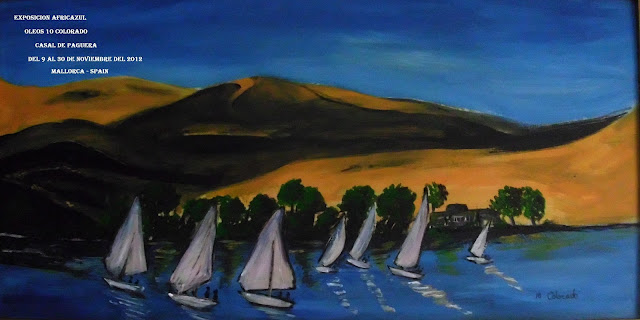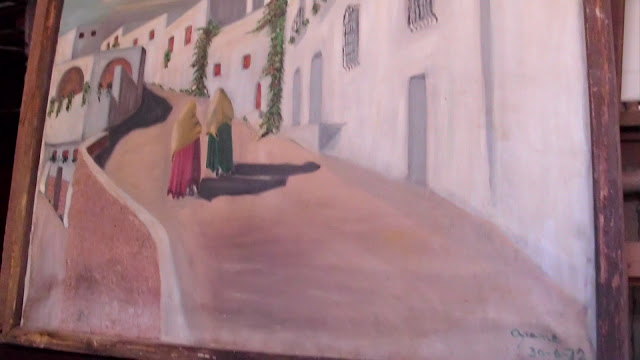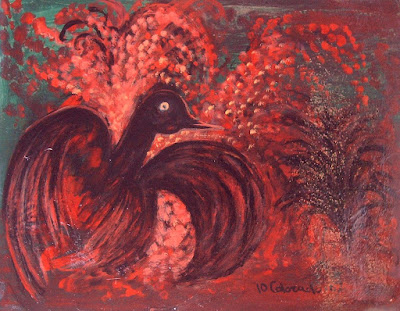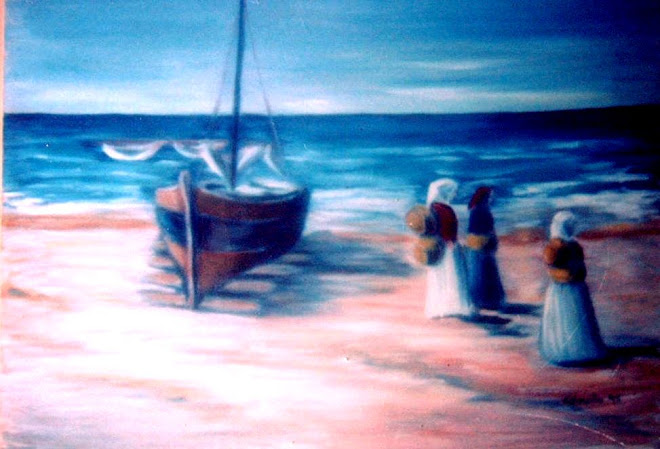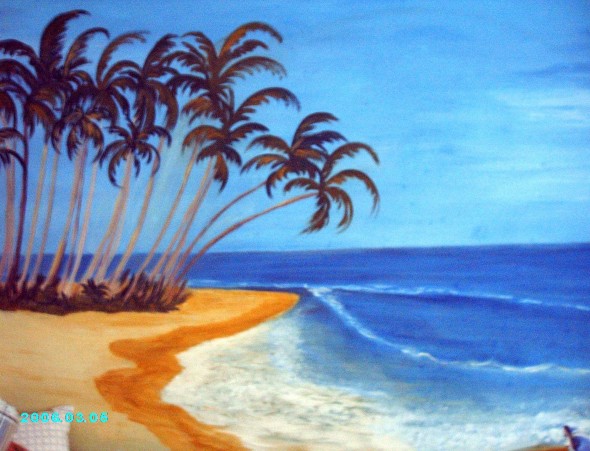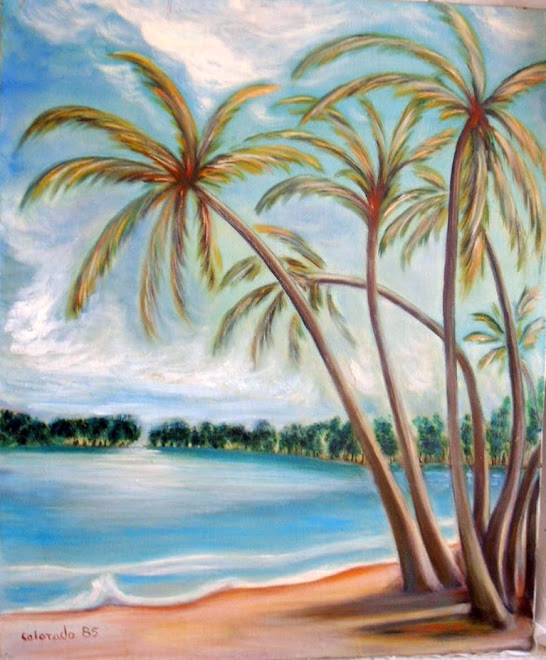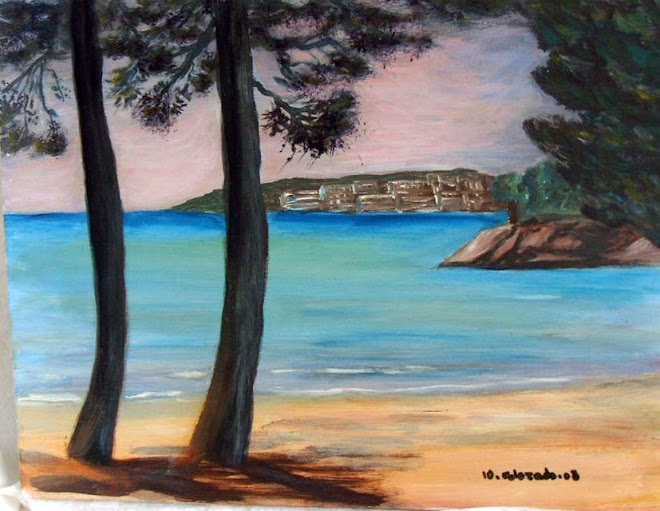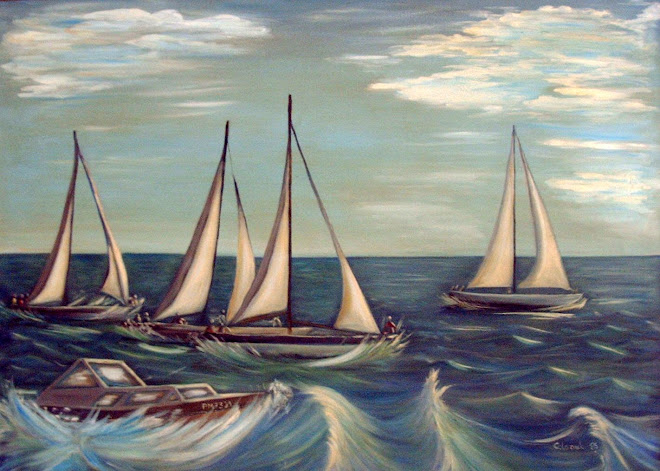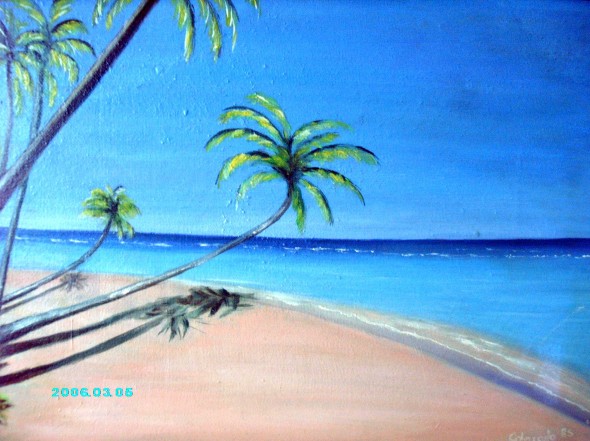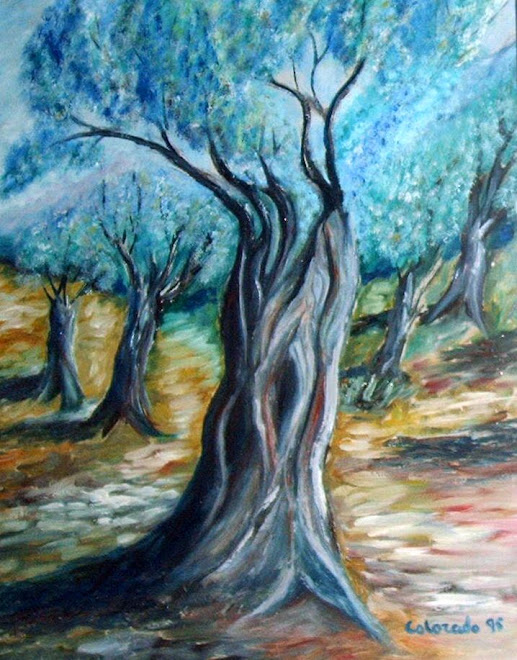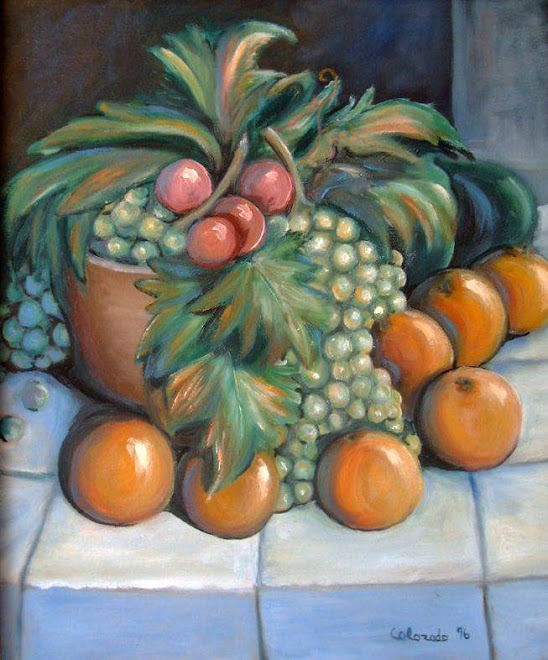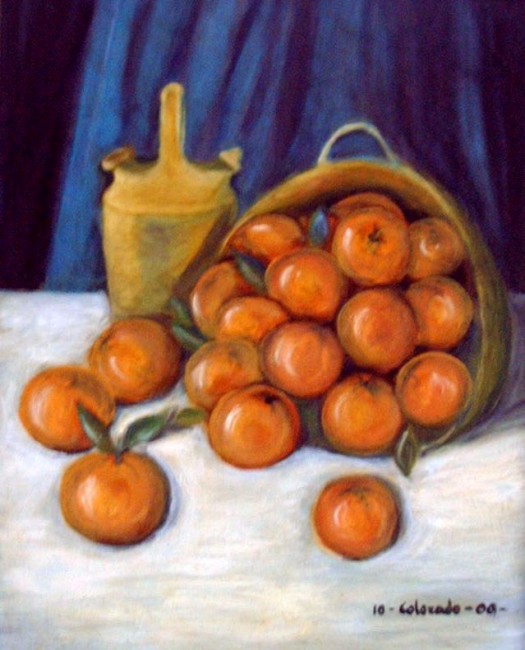
Akhenaten (pronounced /ˌɑːkəˈnɑːtən/; often also spelled Echnaton, Akhnaton, or rarely Ikhnaton; meaning Living spirit of Aten) was known before the fifth year of his reign as Amenhotep IV (sometimes given its Greek form, Amenophis IV, and meaning Amun is Satisfied), a Pharaoh of the Eighteenth dynasty of Egypt, ruled for 17 years and died in 1336 BC or 1334 BC. He is especially noted for abandoning traditional Egyptian polytheism and introducing worship centered on the Aten, which is sometimes described as monotheistic or henotheistic. An early inscription likens him to the sun as compared to stars, and later official language avoids calling the Aten a god, giving the solar deity a status above mere gods.
Akhenaten tried to bring about a departure from traditional religion, yet in the end it would not be accepted. After his death, traditional religious practice was gradually restored, and when some dozen years later rulers without clear rights of succession from the Eighteenth Dynasty founded a new dynasty, they discredited Akhenaten and his immediate successors, referring to Akhenaten himself as "the enemy" in archival records.
He was all but lost from history until the discovery, in the 19th century, of Amarna, the site of Akhetaten, the city he built for the Aten. Early excavations at Amarna by Flinders Petrie sparked interest in the enigmatic pharaoh, which increased with the discovery in the Valley of the Kings, at Luxor, of the tomb of King Tutankhamun, who has been proved to be Akhenaten's son according to DNA testing in 2010 by Zahi Hawass of Cairo.[6] Akhenaten remains an interesting figure, as does his Queen, Nefertiti. Their modern interest comes partly from his connection with Tutankhamun, partly from the unique style and high quality of the pictorial arts he patronized, and partly from ongoing interest in the religion he attempted to establish.
____________________________________________________________________________________________________________________________________________________________
Neferjeperura Amenhotep,[ más conocido como Ajenatón,Akhenatón o Akenatón,[fue el décimo faraón de la dinastía XVIII de Egipto. Su reinado está datado en torno a 1353-1336 a. C. y pertenece al periodo denominado Imperio Nuevo de Egipto. Hacia el cuarto año de su reinado, cambió su nombre a Neferjeperura Ajenatón.
Dentro de la historia del Antiguo Egipto, su reinado inicia el denominado Período de Amarna,debido al nombre árabe actual del lugar elegido para fundar la nueva capital: la ciudad de Ajetatón, esto es, «Horizonte de Atón».
Es célebre por haber impulsado transformaciones radicales en la sociedad egipcia, al convertir al dios Atón en la única deidad del culto oficial del Estado, en perjuicio del, hasta el momento, predominante: el culto a Amón. Dichos cambios se desarrollarían a lo largo de varios reinados después del suyo y se detendrían con el fin de la dinastía. Es el primer reformador religioso del que se tiene registro histórico. Con todo, su reinado no sólo implicó cambios en el ámbito religioso, sino también reformas políticas y artísticas.
AAAAAAAAAAAAAAAAAAAAAAAAAAAAAAAAAA
Aunque tardíamente descubierto y todavía poco conocido, está considerado por muchos historiadores, arqueólogos y escritores, como uno de los faraones más interesantes .
Lo empece a pintar antes de la revuelta de Egipto, el fue siempre mi faraon preferido, desde aqui deseo al pueblo egipcio paz, democracia, libertad, respeto, amor, comprension y que todo llegue a buen fin, gracias a todos por compartir!!!























